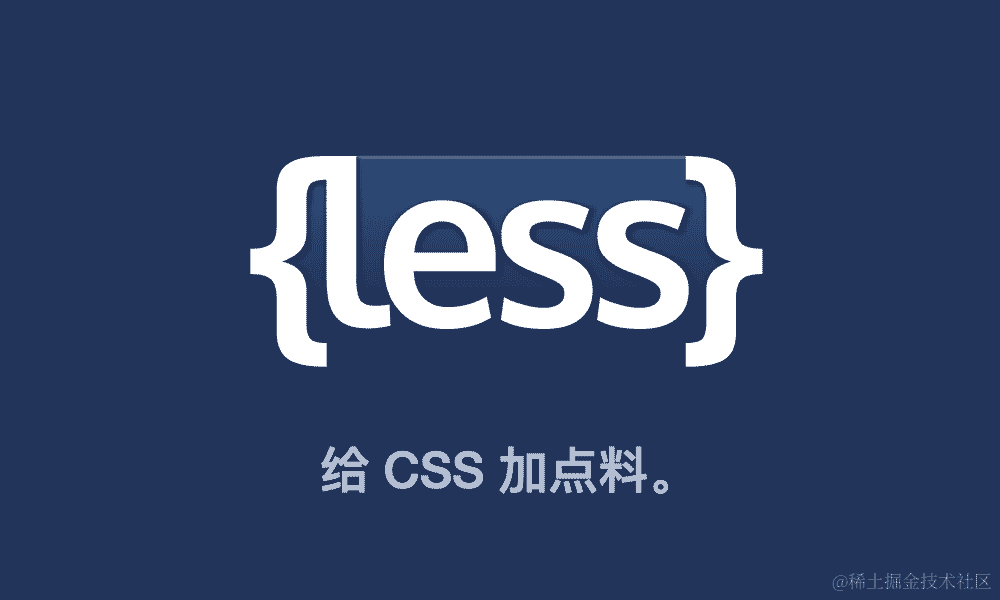前端系统化学习(JS篇):从零到精通Function
2023-12-21 17:31:15
前言
JavaScript作为前端开发中的核心语言,一直备受广大开发者的关注和喜爱。Function作为JavaScript中的核心概念之一,对于理解和使用JavaScript非常关键。本文将从零开始,深入剖析Function的方方面面,包括Function Scope、Variable Scope、Lexical Environment、Inner Function、Closure、Arrow Function、Rest Parameters、Spread Operator、Default Parameters、Template Literals、Promises、Async/Await和Fetch API等内容。通过本文的学习,读者将对JavaScript的Function有更加透彻的理解,并能更加熟练地使用它来构建复杂的应用程序。
1. Function概述
在JavaScript中,Function是一个用来封装代码块的语句。它可以接收参数,并返回一个值。Function可以独立存在,也可以作为其他对象的方法。
Function的语法如下:
function functionName(parameter1, parameter2, ...) {
// 函数体
}
其中,functionName是Function的名称,parameter1、parameter2等是Function的参数,函数体是Function的内容。
2. Function Scope
Function Scope是指Function内部的变量的作用域。Function Scope中的变量只能在Function内部使用,不能在Function外部使用。
例如,以下代码中的变量a只能在Function内部使用:
function myFunction() {
var a = 10;
}
console.log(a); // ReferenceError: a is not defined
3. Variable Scope
Variable Scope是指变量的作用域。Variable Scope可以分为全局作用域和局部作用域。
全局作用域是指在脚本的最顶层定义的变量的作用域。全局作用域中的变量可以在脚本的任何地方使用。
局部作用域是指在Function内部定义的变量的作用域。局部作用域中的变量只能在Function内部使用,不能在Function外部使用。
例如,以下代码中的变量a是全局变量,变量b是局部变量:
var a = 10;
function myFunction() {
var b = 20;
}
console.log(a); // 10
console.log(b); // ReferenceError: b is not defined
4. Lexical Environment
Lexical Environment是指Function执行时的变量环境。Lexical Environment由当前Function的Variable Scope和所有父Function的Variable Scope组成。
例如,以下代码中的Function myFunction2的Lexical Environment由Function myFunction1的Variable Scope和全局作用域组成:
function myFunction1() {
var a = 10;
function myFunction2() {
var b = 20;
console.log(a); // 10
console.log(b); // 20
}
myFunction2();
}
myFunction1();
5. Inner Function
Inner Function是指在另一个Function内部定义的Function。Inner Function可以访问外层Function的局部变量。
例如,以下代码中的Function myInnerFunction是Function myOuterFunction的Inner Function:
function myOuterFunction() {
var a = 10;
function myInnerFunction() {
console.log(a); // 10
}
myInnerFunction();
}
myOuterFunction();
6. Closure
Closure是指一个Function及其所访问的Lexical Environment的组合。Closure可以使Function访问其外部的作用域,即使该Function已经执行完毕。
例如,以下代码中的Function myClosure是Closure:
function myClosure() {
var a = 10;
return function() {
console.log(a); // 10
};
}
var myFunction = myClosure();
myFunction();
在上面的代码中,Function myClosure返回了一个Inner Function,该Inner Function可以访问Function myClosure的Lexical Environment,即使Function myClosure已经执行完毕。
7. Arrow Function
Arrow Function是ES6中引入的一种新的Function语法。Arrow Function的语法如下:
(parameter1, parameter2, ...) => expression
其中,parameter1、parameter2等是Arrow Function的参数,expression是Arrow Function的返回值。
例如,以下代码中的Function myArrowFunction是Arrow Function:
const myArrowFunction = (a, b) => a + b;
console.log(myArrowFunction(10, 20)); // 30
8. Rest Parameters
Rest Parameters允许Function接收任意数量的参数。Rest Parameters的语法如下:
function myFunction(...rest) {
// ...
}
其中,rest是Rest Parameter。Rest Parameter是一个数组,它包含了Function接收的所有参数。
例如,以下代码中的Function myFunction可以接收任意数量的参数:
function myFunction(...rest) {
console.log(rest); // [10, 20, 30]
}
myFunction(10, 20, 30);
9. Spread Operator
Spread Operator允许Function将数组或对象展开为单个元素。Spread Operator的语法如下:
[...array]
例如,以下代码中的数组a被展开为单个元素:
const a = [10, 20, 30];
console.log(...a); // 10 20 30
10. Default Parameters
Default Parameters允许Function的参数有默认值。Default Parameters的语法如下:
function myFunction(parameter1 = defaultValue1, parameter2 = defaultValue2, ...) {
// ...
}
例如,以下代码中的Function myFunction有两个参数,第一个参数的默认值为10,第二个参数的默认值为20:
function myFunction(a = 10, b = 20) {
console.log(a); // 10
console.log(b); // 20
}
myFunction();
11. Template Literals
Template Literals允许在字符串中嵌入变量和表达式。Template Literals的语法如下:
`template literal`
例如,以下代码中的字符串是一个Template Literal:
const name = 'John Doe';
console.log(`Hello, ${name}!`); // Hello, John Doe!
12. Promises
Promises是ES6中引入的一种新的异步编程机制。Promises允许Function在执行完后返回一个Promise对象。Promise对象可以表示Function执行的结果是成功还是失败。
Promises的语法如下:
new Promise((resolve, reject) => {
// ...
});
其中,resolve是Promise对象成功时的回调函数,reject是Promise对象失败时的回调函数。
例如,以下代码中的Function myPromise返回一个Promise对象:
function myPromise() {
return new Promise((resolve, reject) => {
setTimeout(() => {
resolve('Hello, world!');
}, 1000);
});
}
myPromise().then((result) => {
console.log(result); // Hello, world!
});
13. Async/Await
Async/Await是ES8中引入的一种新的异步编程语法。Async/Await允许Function使用await来等待Promise对象的结果。
Async/Await的语法如下:
async function myFunction() {
const result = await myPromise();
console.log(result);
}
其中,myPromise()是一个返回Promise对象的Function。
例如,以下代码中的Function myFunction使用Async/Await来等待Function myPromise()的结果:
async function myFunction() {
const result = await myPromise();
console.log(result);
}
myFunction();
14. Fetch API
Fetch API是ES6中引入的一种新的网络请求API。Fetch API允许Function发送HTTP请求并接收HTTP响应。
Fetch API的语法如下:
fetch(url, options)
.then((response) => {
// ...
})
.catch((error) => {
// ...
});
其中,url是请求的URL,options是请求的选项。
例如,以下代码中的Function myFetch使用Fetch API发送HTTP请求:
async function myFetch() {
const response = await fetch('https


